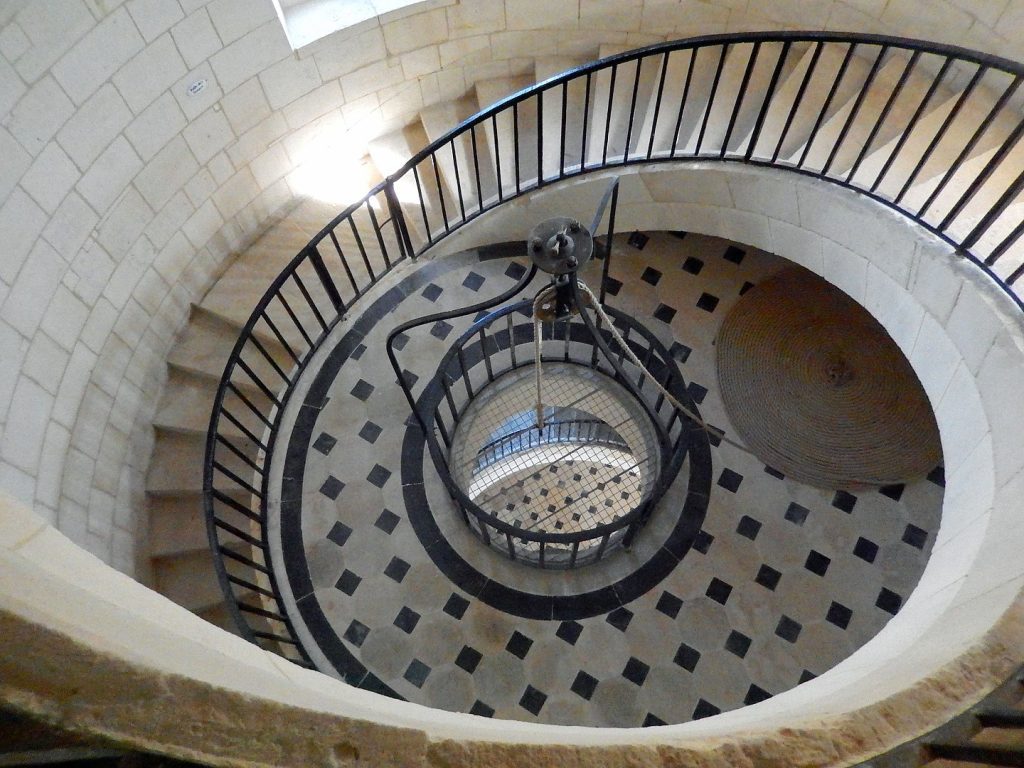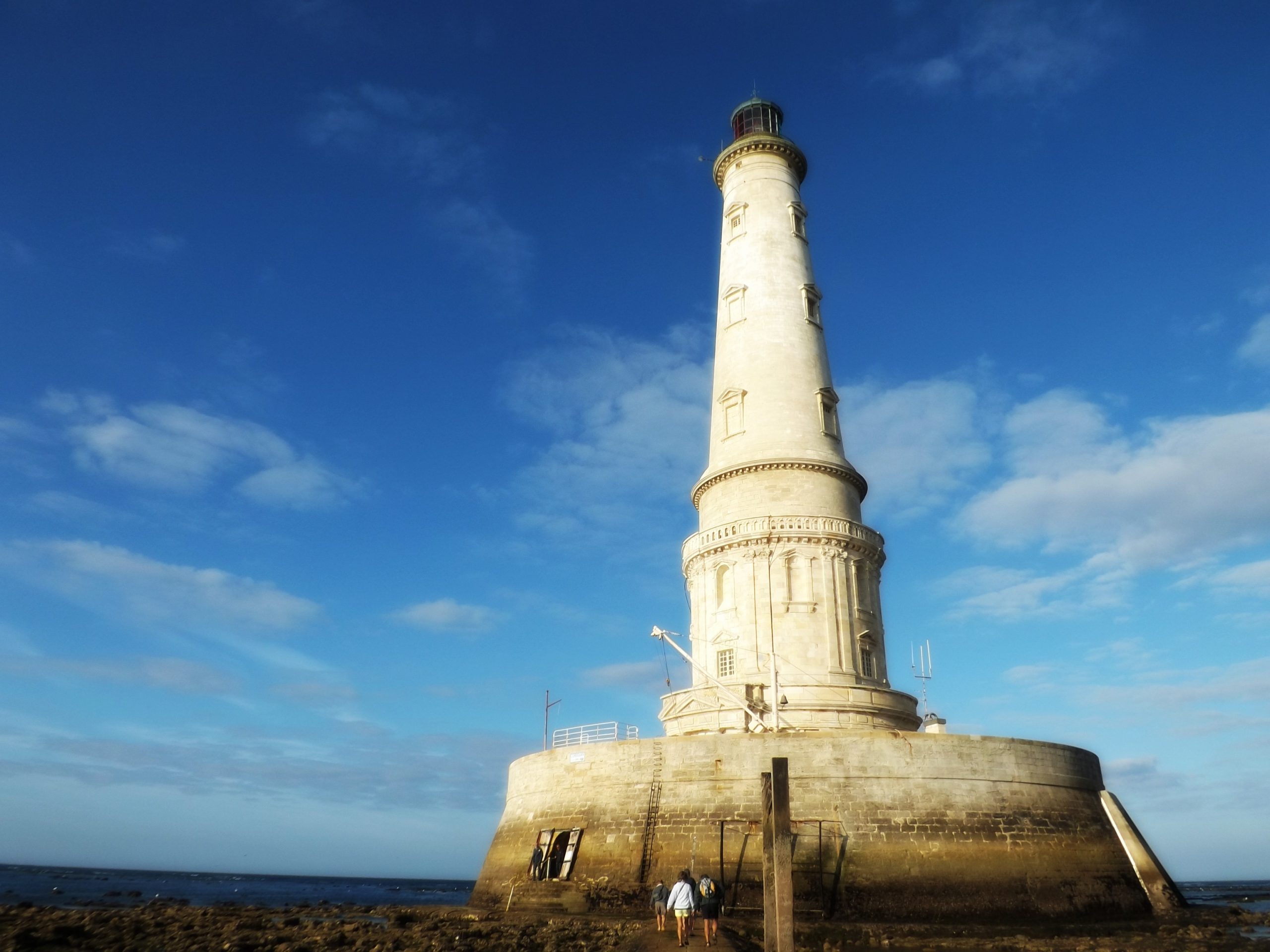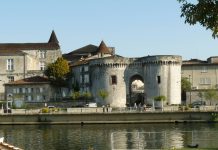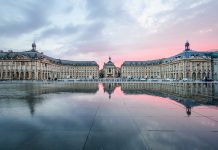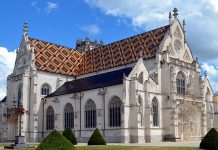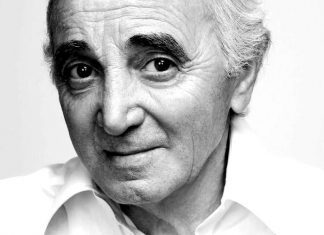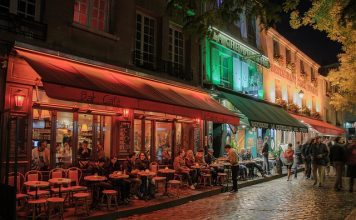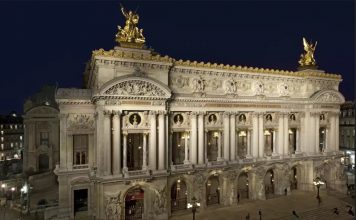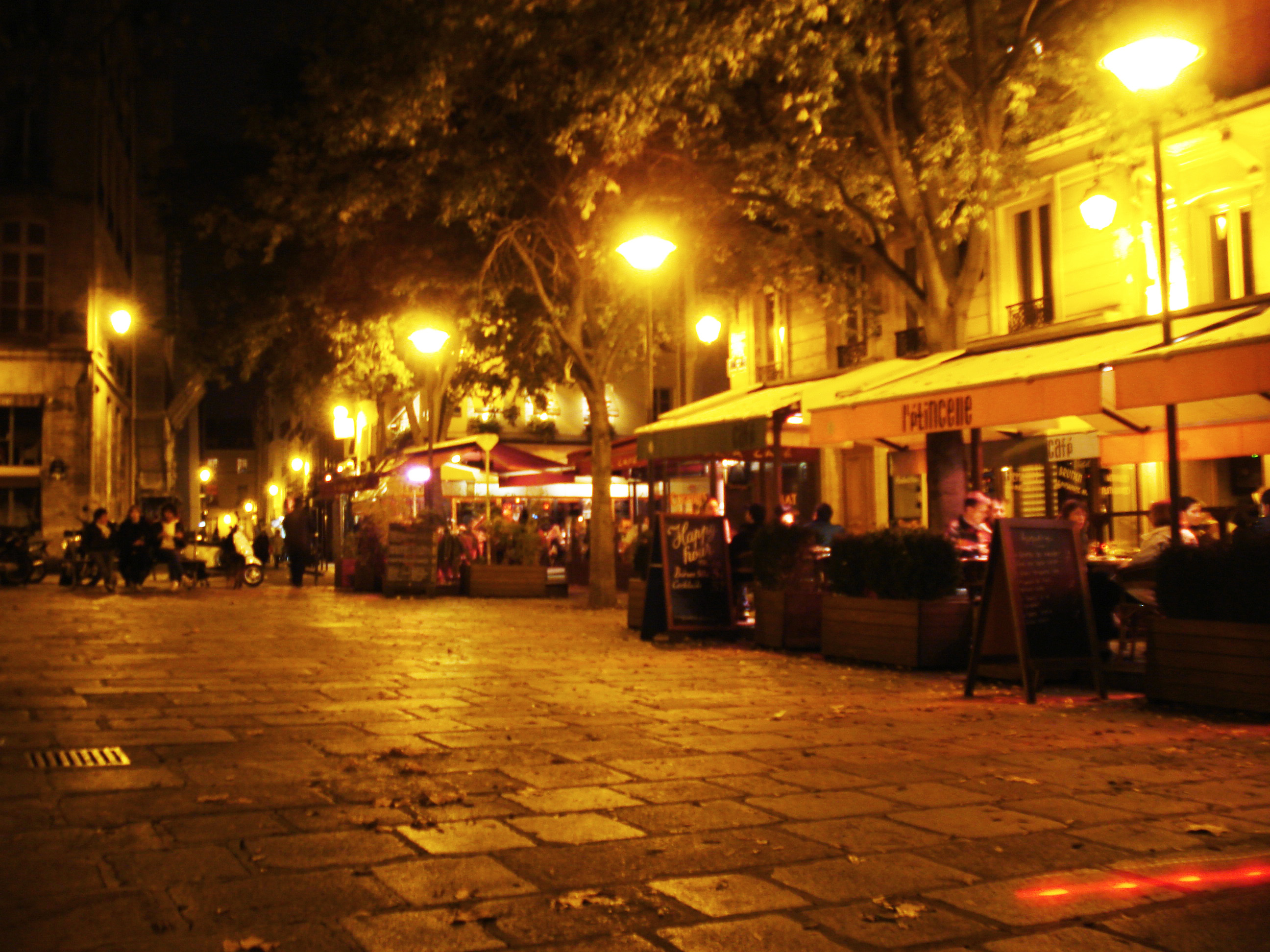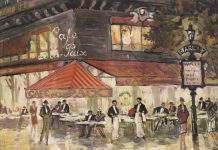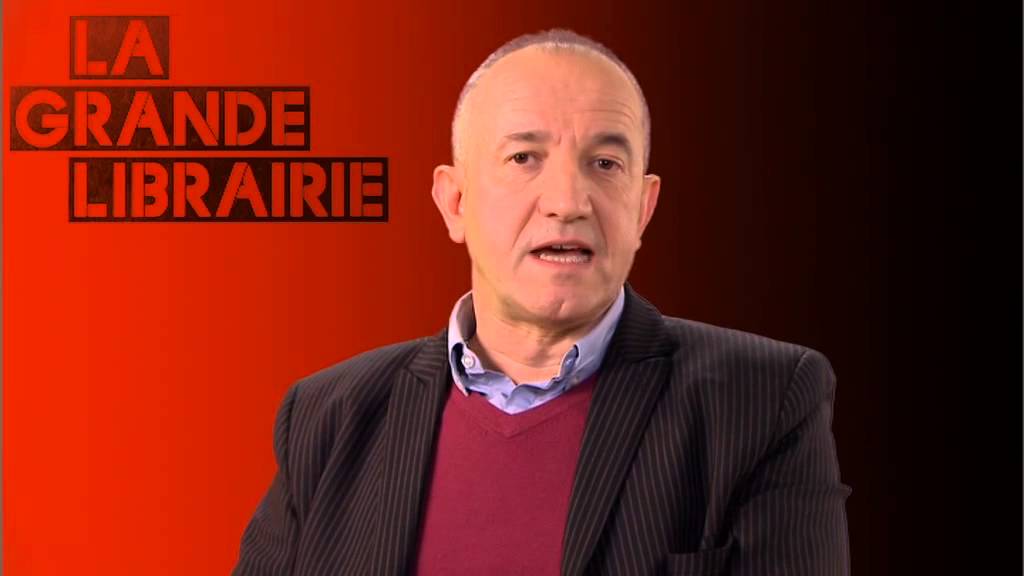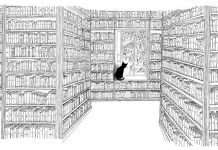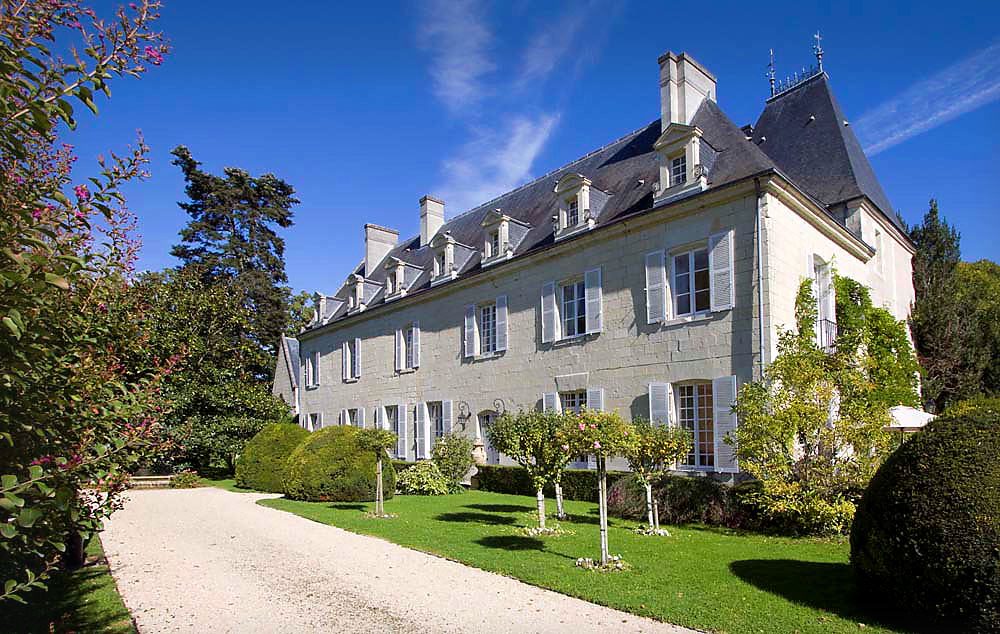HISTORY
The Corduan lighthouse Le Phare de Corduan, situated at the mouth of the Gironde Estuary, is France’s oldest lighthouse and is still warning sailors of dangerous waters. The “Lighthouse of Kings”, completed in 1611, was classified as a monument in 1862, the same year as Notre Dame in Paris.
The Corduan Lighthouse stands on The Plateau de Corduan, an area of rocky and sandy shoals at the entrance of the Gironde estuary formed by the Garrone and Dordogne Rivers in the Atlantic Ocean. 
Ecclesiastical records as early as 1092 recount monks who retreated to the Isle of Corduan, ringing a bell and lighting fires to warn sailors of danger.
During the 14th Century, Prince Edward of Woodstock (1330-1376), the Black Prince, who ruled the Province of Guyenne (encompassing much of present-day Nouvelle Aquitaine and Occitanie), built the Tower of the Black Prince. A hermit living in the tower was employed to light fires and grant passage to ships entering the estuary.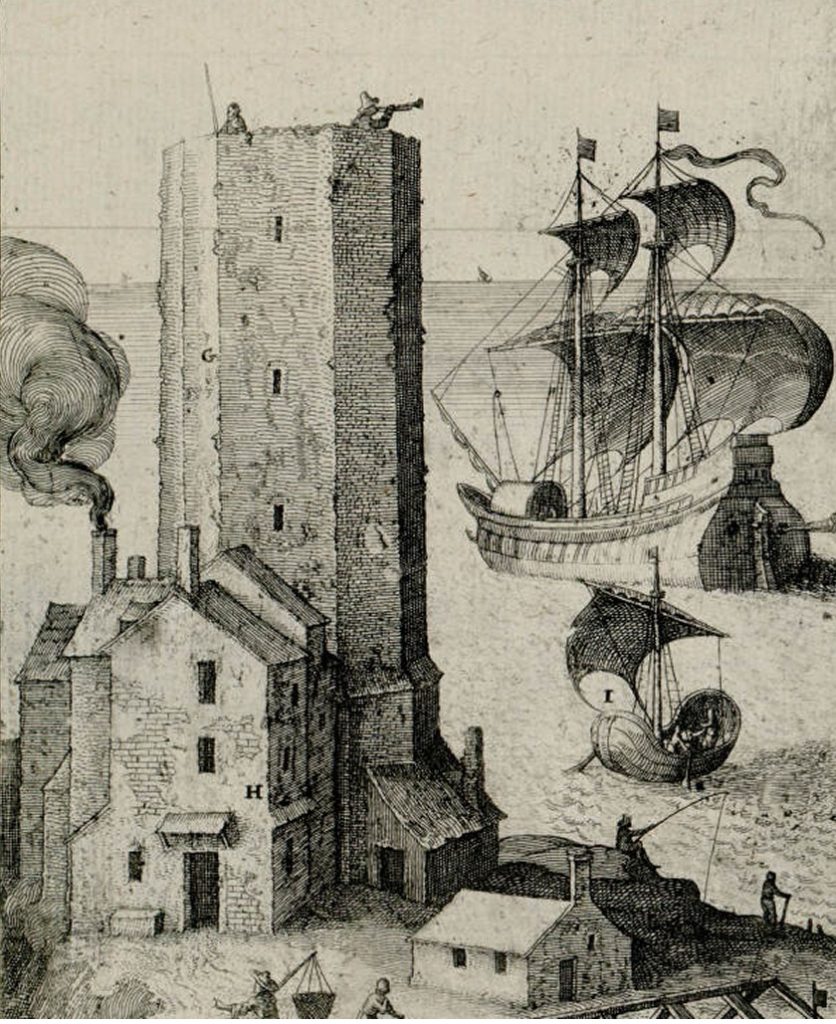

Maréchal de Matignon Jacques II Goyon de Matignon (1525-1598), Comte de Torigni, Prince de Mortagne-sur-Gironde, the governor of Guyenne, commissioned the engineer-architect and watchmaker to King Phillip II of Spain, Louis de Foix (1535-1604), in 1584 to design and build the King of Lighthouses. After 18 years and all of his fortune, he died, and the legend is that he is entombed in a secret compartment within the lighthouse.
Louis’s son took over the work but, with no resources left, passed the mantle to François Beuscher, a former works supervisor, to complete construction .
The Versailles de la Mer, listed as a UNESCO World Heritage site in 2021, took 27 years to build and was completed in 1611. It required a small town to be constructed and protected from the Atlantic Ocean. Housing up to 50 workers with workshops, a forge, bread ovens, a mill, food stores, a stable and, of course, a wine cellar, the town succumbed to the power of the tidal flows after the lighthouse was finished.
The fire made from wood soaked in pitch and tar was contained in a basin on a bronze pedestal, housed in a dome, stood 37 metres above the highest tide, and shone through stained glass windows.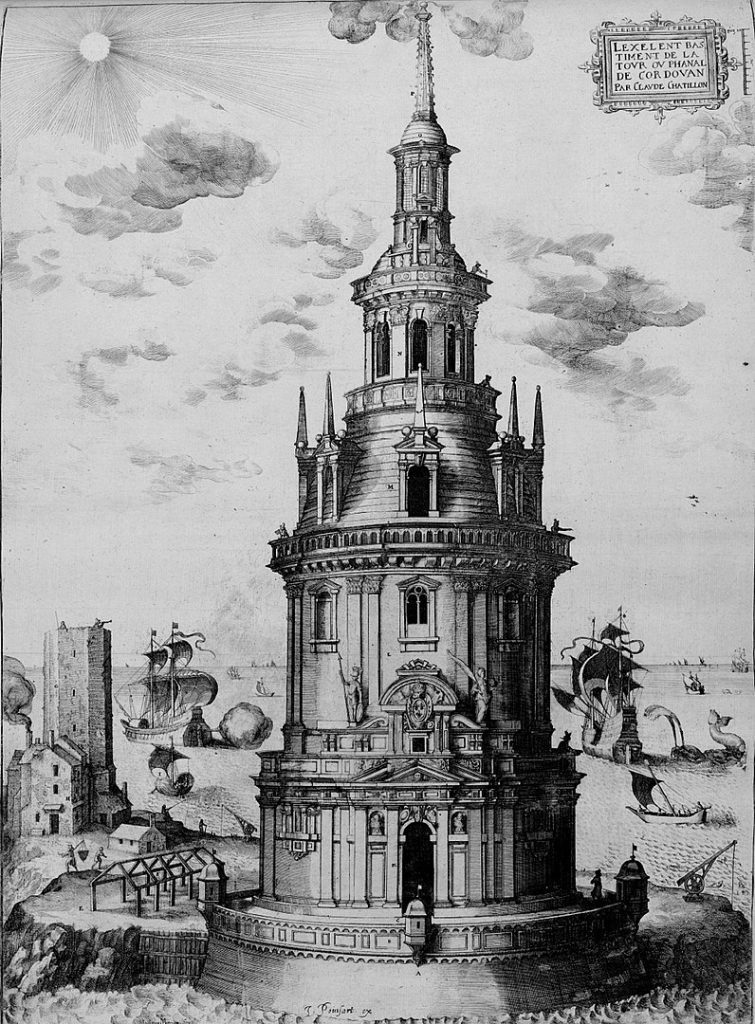

Over the following 300 years, additions were made either as planned improvements or as a result of damage. A violent storm in 1645 destroyed the dome, which was reinstated in 1664. The brilliant engineer Joseph Teulère (1750-1824) raised the tower to 60 metres above sea level during major renovations between 1782 and 1790. The original ground, first and second floors retained their rich Renaissance decor whilst the additions were in the more sober Louis XVI style.
Étienne Lenoir (1744–1832), the renowned scientific instrument maker, designed a new lamp with the help of the clockmaker Mulotin from Dieppe. The new rotating lamp was put into service on August 29th 1790, and its Argand lamps, fuelled by a mixture of whale blubber, rapeseed oil and olive oil, and metal reflectors, represented the height of lighting technology.
Unfortunately, problems with the design and quality of materials soon became apparent. The lamp failed to fulfil its potential and was barely visible.
In 1822 the engineer and physicist Augustin Fresnel (1788-1827) invented the eponymous lens. On July 25th 1823, the world’s first lighthouse Fresnel Lens was lit at Corduan. The light fuelled by rapeseed oil was visible to the horizon 32 km out.
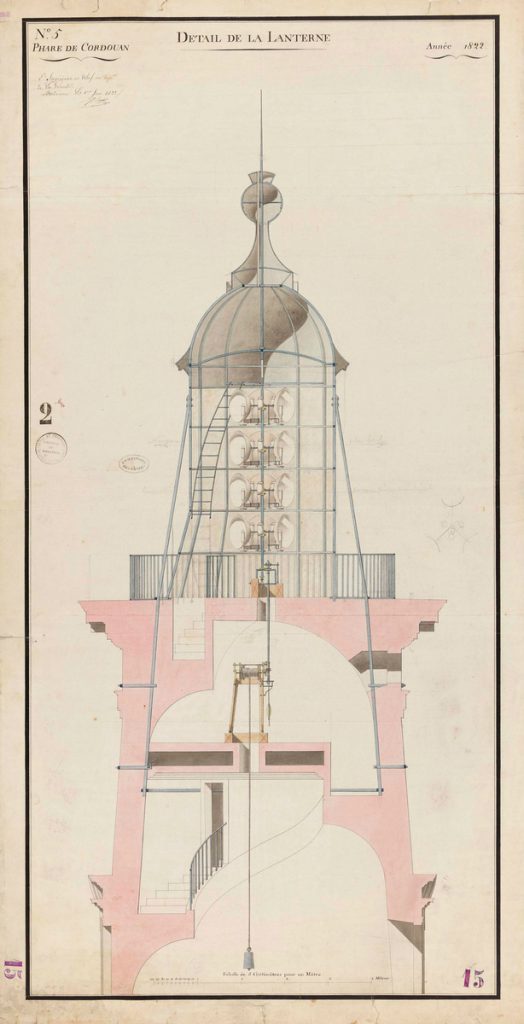

In 1948 the lighthouse was electrified, and successive electric lamps were installed as technology progressed. The metal halide lamp installed in 2006 has a range of 40.74 km.
The Phare de Corduan is the tenth-highest lighthouse in the world , and the third in France, after those of Île Vierge and Gatteville. Until 2012 it was inhabited by keepers employed by the state, quarterd in the Cuirasse. Present day guards employed by Le syndicat mixte pour le développement durable de l’estuaire de la Gironde (SMIDDEST) are responsible for maintenance, cleaning and welcoming visitors during summer.
LAYOUT
The base of the tower.
The lighthouse was built on a rocky base. A wall called a Cuirasse (breastplate) surrounds it to protect it from the onslaught of the waves. Seven steps provide access to the tide gate. A staircase of eighteen steps then provides access to the inner courtyard and the ground floor of the lighthouse.
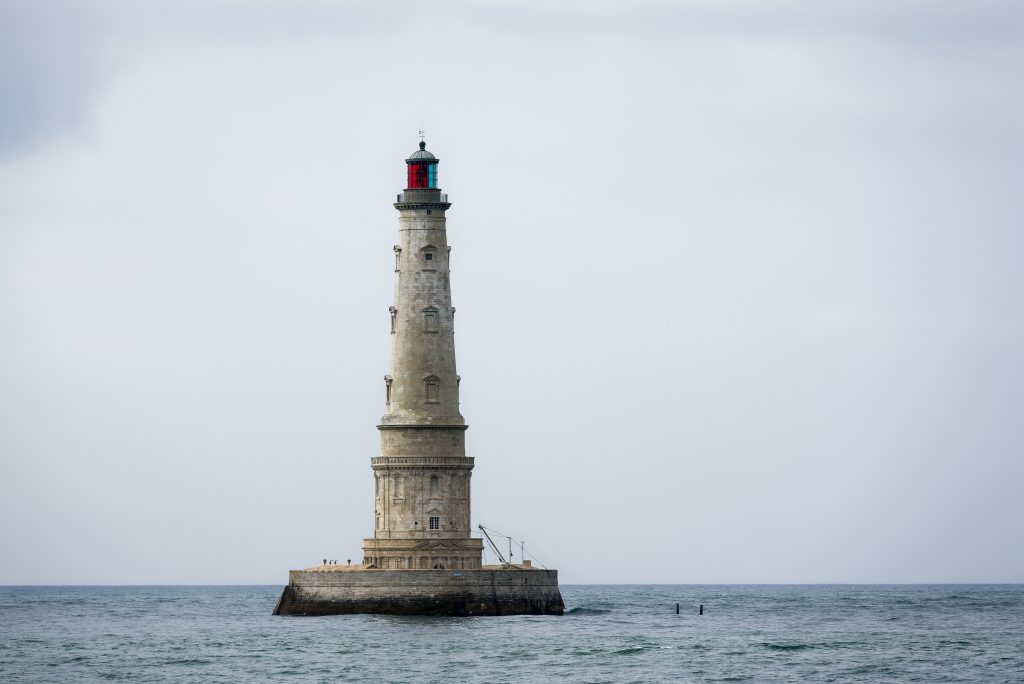

The tower has six floors:
The ground floor has a monumental gate which leads to the vestibule, the floor of which is made of Barsac stone slabs. A staircase of 301 steps leads to the top of the lighthouse (eight additional steps lead to the lantern but are inaccessible to visitors).
The first floor houses the “King’s apartment “, although no king has ever stayed there. It was fitted out in 1664 by Jean-Baptiste Colbert (1619-1683), the minister of Louis XIV. It is a vaulted room equipped with a real fireplace, paved with grey Sainte-Anne and black Belgium marble, and decorated with pilasters bearing Louis XIV’s and Queen Marie-Thérèse’s monograms.
The second floor is the chapel, the most majestic room in the lighthouse. It has a vaulted ceiling and eight richly decorated bays separated by pilasters. The floor has the same marble floor as the King’s apartment and the Girondins’ room. The two stained glass windows, installed during the chapel’s construction, were replaced in 1855. Every year, nuptial blessings and baptisms are celebrated in the chapel. The Phare de Cordouan is the only lighthouse in the world to have a consecrated chapel.
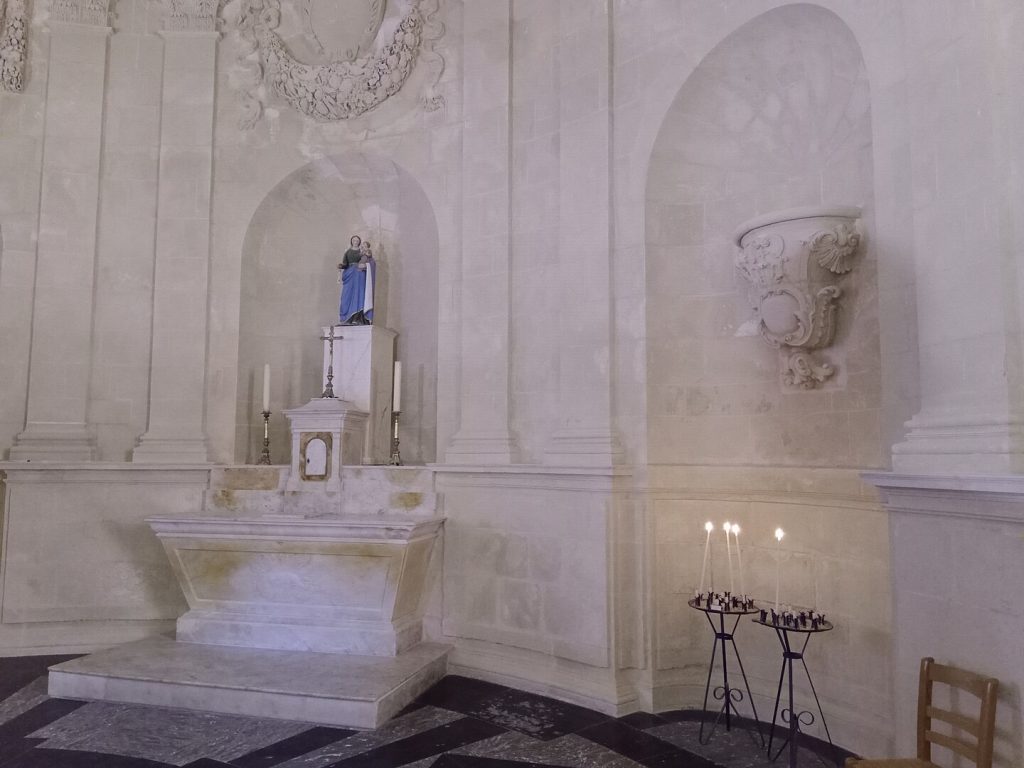

The third floor opens onto a large, bright room known as the “Salle des Girondins” or “Salle des Bordelais”, paved with the same grey and white marble from Sainte-Anne and black marble from Belgium. It is the first level resulting from the work of raising the lighthouse carried out by Joseph Teulère, from which one can observe the complex architecture of the tower and the broad staircase which leads to the lantern.
The fourth floor serves as a landing called the “counterweight room”.
The fifth floor is also a landing; it is here that the pulley used to lift the fuel through the central circular holes in the staircase is situated. The room is called the “room of lamps”.
Between the fifth and the sixth floors is the quarter room or “watch room”, covered with an oak parquet floor, which is furnished with two beds set in alcoves for the use of the guards.
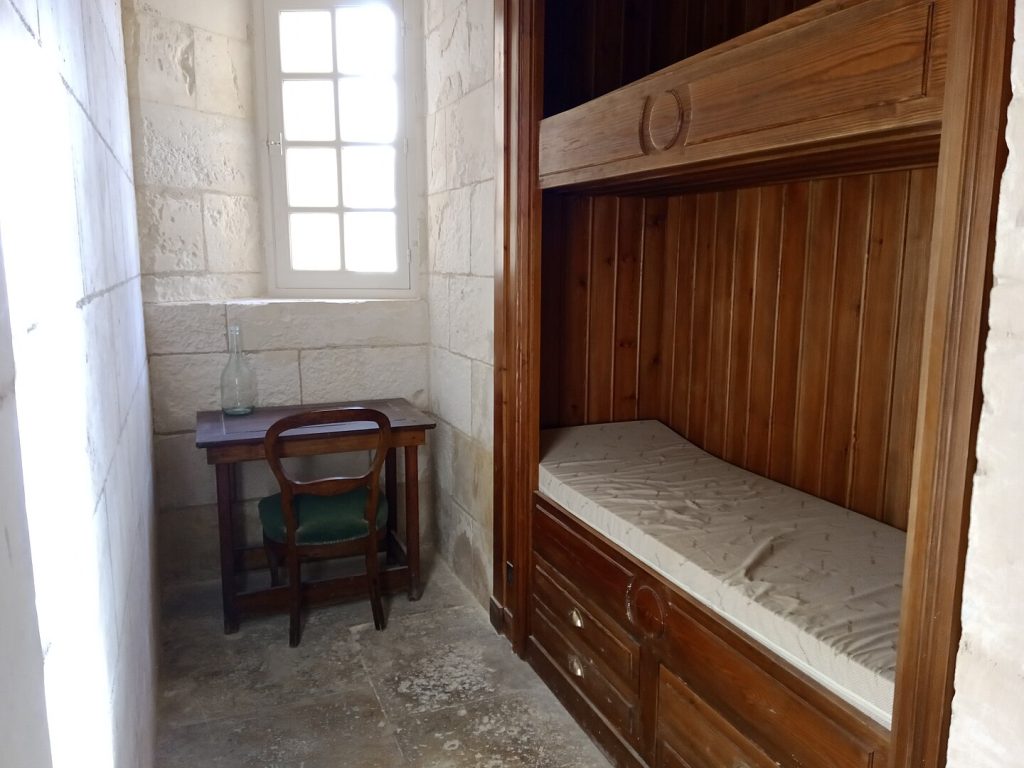

The sixth floor, finally, is the lantern. Before electrification in 1948, a pulley delivered the fuel through holes about one meter in diameter in the centre of each lighthouse ceiling.
